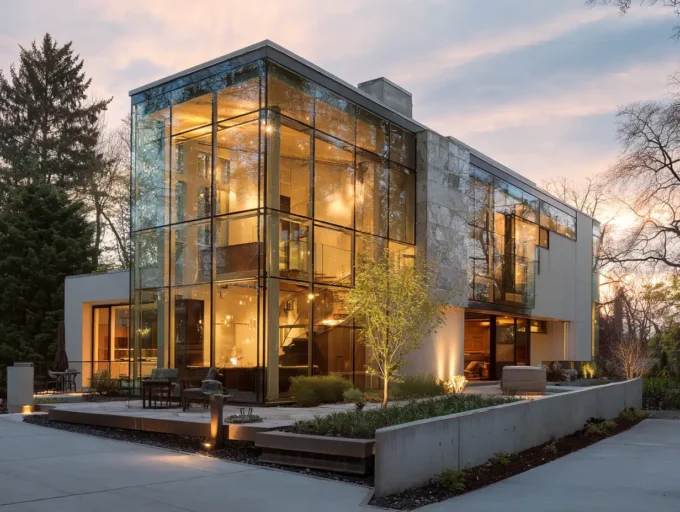Artificial Intelligence (AI) has catalyzed unprecedented changes in various sectors, from healthcare and finance to education and transportation. Architecture, as a discipline marrying creativity, precision, and functionality, is not exempt from this technological revolution.
As we find ourselves midway through this grand narrative of AI integration into architectural practice, it is a fitting time to pause and assess the impact, challenges, and future prospects of AI in this fascinating realm.
Transformative Impact on Architectural Practice
The field of architecture has always been a delicate balancing act between aesthetics, utility, and environmental sustainability. AI is upending traditional architectural processes and workflows in many ways, proving to be a potent tool in helping architects negotiate these competing demands.
- Enhanced Design Process: Algorithms and machine learning models enable architects to generate a multitude of design variations rapidly. Tools like generative design and parametric architecture are gaining traction, allowing architects to input desired building parameters into an AI model and receive optimized design options in return.
- Improved Efficiency: AI systems assist architects in repetitive tasks such as code compliance checks, thereby increasing efficiency. Automated design and drafting software minimize errors, streamline workflows, and allow architects to focus on more strategic tasks.

- Predictive Analysis: Machine learning models can predict a building’s energy consumption, structural integrity, and the potential impact of natural disasters. This predictive capacity facilitates making informed design decisions that consider a building’s lifetime environmental footprint.
- Integration of Big Data: With the rise of smart cities, architects now have access to vast amounts of data. AI tools can parse this data to understand patterns and trends, enabling architects to design structures better suited to the urban environment and its inhabitants.
The Road Ahead
As we gaze into the future, we can expect AI’s role in architectural practice to expand even further.
We anticipate a future where AI tools will not replace architects but instead enhance their abilities, acting as collaborative partners. This approach is often called “augmented intelligence,” where AI systems help architects push the boundaries of their creativity and problem-solving skills.

As climate change accelerates, AI has the potential to play a pivotal role in designing resilient and sustainable structures. Predictive models can help architects understand the environmental impact of their designs and optimize them accordingly.
Also, architectural education will need to evolve to accommodate this new reality, incorporating AI and related technologies into curriculums.
In conclusion, as we reflect on our mid-journey point in the integration of AI in architectural practice, it is clear that AI has already reshaped the architectural landscape. The challenges are real but surmountable, and the potential benefits immense. As architects and AI developers continue to innovate together, the future of architecture seems not only exciting but also, importantly, more sustainable, efficient, and attuned to human and environmental needs than ever before.
- AI architectural design
- AI for urban planning
- AI in Architecture
- AI in Construction
- AI with Architecture
- AI-driven building design
- AI-powered architectural tools
- and architectural design using AI
- Architectural Practice
- Artificial Intelligence
- Artificial Intelligence Architecture
- automated architecture software
- intelligent architecture solutions
- machine learning in architecture
- smart architectural planning
















Leave a comment